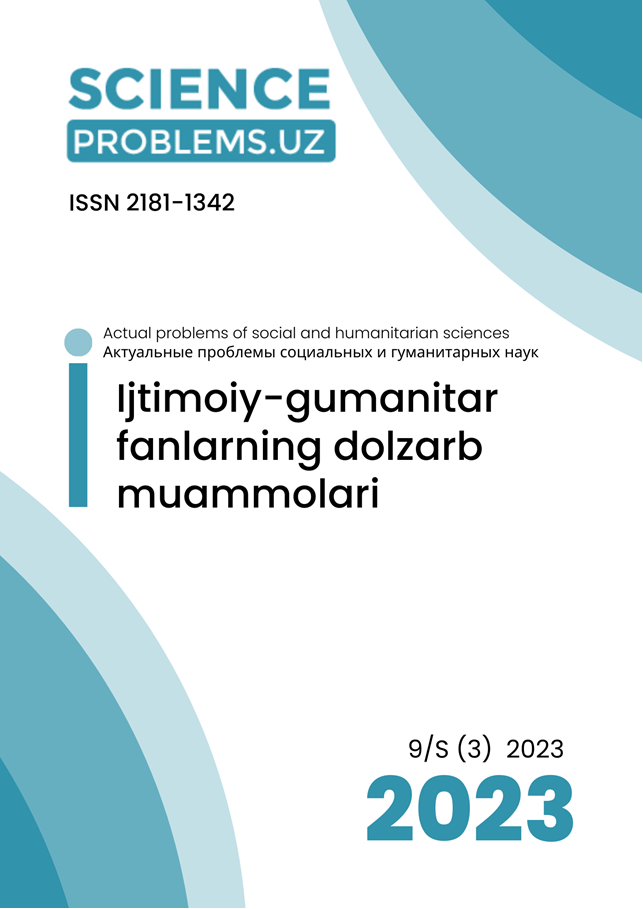STRATEGIES FOR SOLVING TRANSLATION PROBLEMS
DOI:
https://doi.org/10.47390/SPR1342V3SI9Y2023N36Keywords:
idiom, translation problems, lexical units, transliteration. Naturalization, context, convention.Abstract
The purpose of this article is to identify problems that arise during the translation process, present strategies that effectively help solve these problems, highlight translation problems in detail and suggest the necessary ways to solve them. Analytical descriptive approaches are used to obtain the desired results. According to the survey results, translators face the following problems: differences in grammatical categories, linguistic and lexical units between languages.
References
Neubert A. Semiotic aspects of the training of interpreters and translators. Volume 8| May, 2022 ISSN: 2795-7365
“Linguistische Arbeitsberichte”, 2. Leipzig, 1970.- p.41-45.
Neubert A. Semiotic aspects of the training of interpreters and translators. “Linguistische Arbeitsberichte”, 2. –Leipzig, 1970.- 238p.
Somerset, W. (2001). Maugham. Theater. Moscow: Manager, 61-72.
Nida E. Science of translation. “Language”, vol.45, No3. 1969. – 180p.
The sheets are cracked loose. (1982). Moscow: Russian language, 366.
Nida E., C. Taber. The theory and practice of translation. -Leiden, 1969.- 205p.
Catford J. A linguistics theory of translation. Oxford, 1965.-556p.
Catford J. A linguistics theory of translation. Oxford, 1965.-556p.
Maugham, U. S. (2001). Theater. Moscow: Eskimo-press, 62.
Tukhtasinov, I. M. (2017). Discursive approach in the training of translators, Mat. International scientific and creative forum "Youth in science and culture of the XXI century". Chelyabinsk: Chelyabinsk State Institute of Culture., 229-231.








